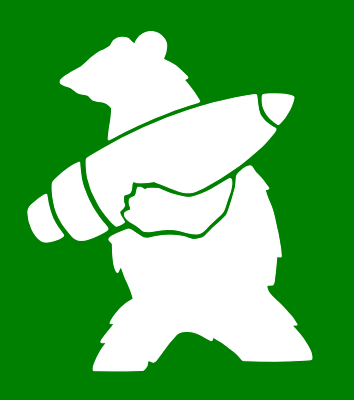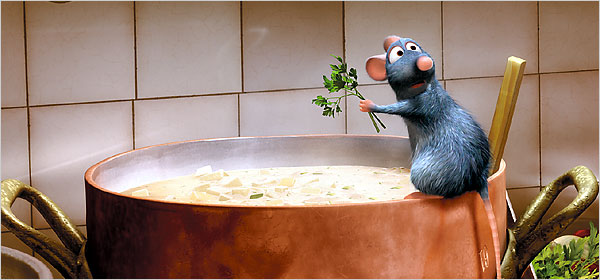Garnfellow
SOC-13
I was thinking along similar lines myself, and in particular fox domestication, but coming from a slightly different direction.I've applied a little more thought power to why GenAssist would spend the time and effort to uplift the Ursa. . . . To become a successful uplift, bears would need to have improved their ability and desire to live in groups with complex social structures.
GenAssist may have been working on creating guard animals for colony worlds with particularly hostile native life. (I still like Furioso as a test case.) Hyper-aggressive 1,000 kg murder machines that were also bonded as strongly to human masters as the most protective family dog.
Making larger, more aggressive bears was easy. Making them loyal and obedient to humans? Much, much harder. GenAssist kept tinkering with genes associated with other domesticated mammals until they ended up with sentient, social bears – smaller and far less aggressive than desired. A total disaster as far as meeting the project goals.


